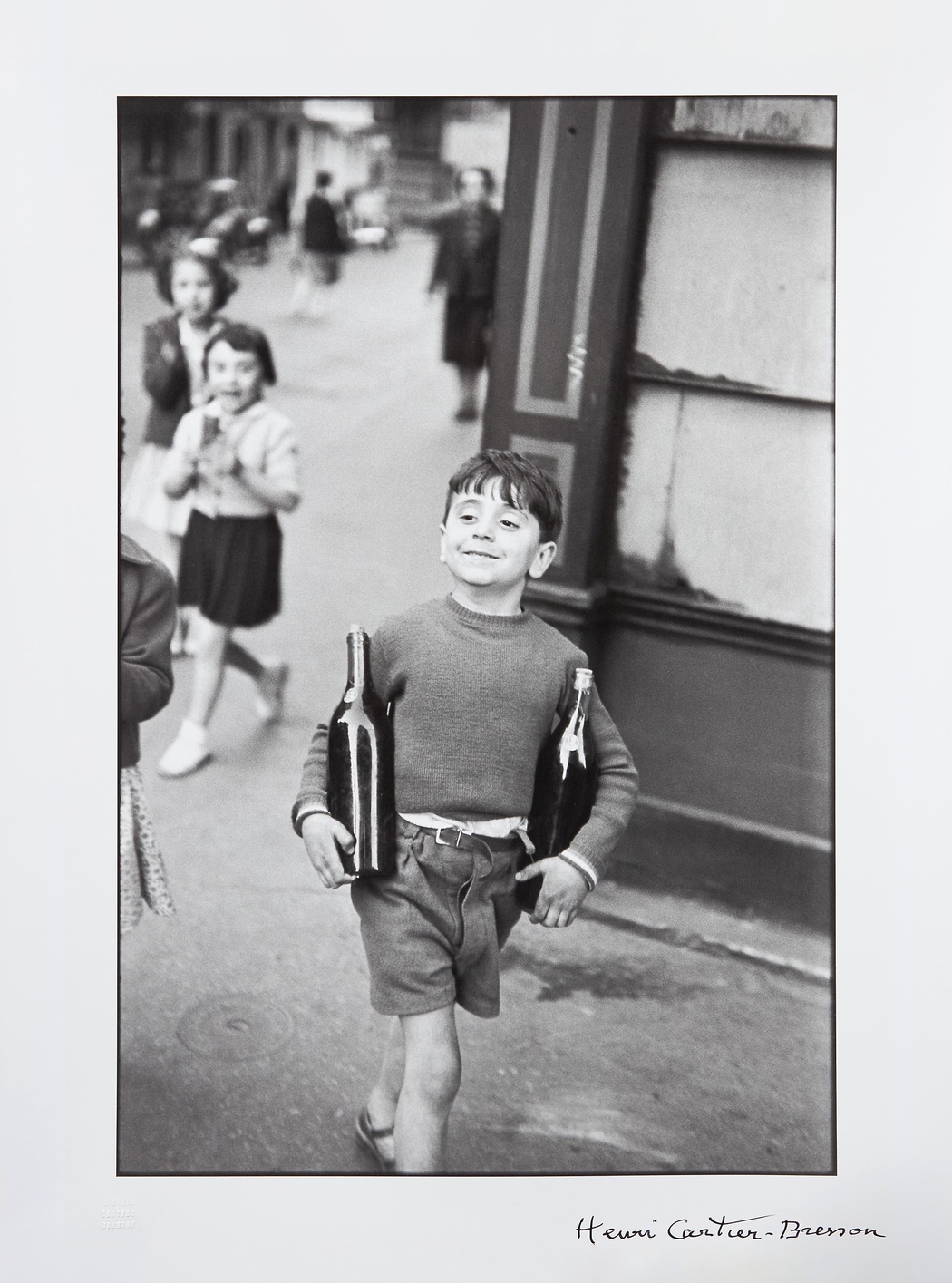
Are you thinking of buying a photograph, or perhaps starting a collection? Here are my top tips to get you started with a few examples of prints I've collected over the years.
- Buy what you love and get genuinely excited about. Does the print pique your interest in a way that makes you want to learn more? Ask yourself 'Do I really love it?' and give yourself time to reflect why. Trust your gut, be independent and don't allow yourself to be influenced by others.
- Take your time. Don't buy in a hurry because you fear you will miss out; a better opportunity normally comes along. Look at a lot of photographs, study the photographers themselves and really get to know your subject. Make the time to do some research.
- Once you find a photographer you like, buying one of their books is a cost-effective way to see a lot more of their work, and an opportunity to read the stories behind their photographs. For example, Michael Kenna's book Forms of Japan, 2015 is a great way to see a lot more of Kenna's Japan work (240 photographs of Japan made over 30 years), and more enjoyable to browse that trawling through a website on your phone.
Click here to go to the publisher Prestel
- Be selective. We all actually only have room for a relatively small number of photographs, however large our homes. Most people don't have enough photographs around them that they love simply because they don't put in the careful thought it requires.
- Think long-term. Your relationship with any photograph will inevitably evolve. Will the print be one that you grow fonder of, or could it be one you tire of and let go?
- Keep thinking. Buying art is deeply personal. Try to think about what a photograph really means to you. What do you really want to look at, and live with?
- Make sure you know exactly what you are buying. What type of print is it and is it a limited edition? Was it printed at the time the photograph was made, or is it a recent print? Was the print made by the artist themselves or their assistant? Is the print signed, numbered and does it include a studio stamp? Get a professional to check the provenance if you are unsure, and ask for a condition report. Only a dealer will be able to advise you if the print is worth the asking price.
- Enjoy the print. Keep your favourites where you will see them often. Where do you spend most time? Put them there. For example, I have a Bonsai tree near my desk that I water every day, and next to it sits my favourite old photograph of Cambridge.
- If you have a choice of print size, think carefully. I have silver gelatin prints which are small and intimate that I like to get up close to study and enjoy, but I also have a large format silver gelatin print of Sailing Yacht Shamrock IV by Frank Beken (168cm high) that I love to stand back from and admire. Both have wow factor in different ways.

Kussharo Lake Tree, Study 10, Kotan, Hokkaido, Japan 2005
Photograph by Michael Kenna (b. 1953)
8x8" Silver Gelatin Print

Sailing Yacht Shamrock IV, August 1914
Photograph by Frank Beken (1880-1970)
118.9 x 168.2cm Silver Gelatin Print
- The value of your investment is in the print itself as the collectable object. Learn how to look after it and frame it without damaging the integrity of the print.
- Remember that buying art is deeply personal. The joy comes from exploring an interest and getting to know your subject, and how different photographers have photographed it. Collecting is a journey and it's exciting to think where this will take you. Don't be surprised if you get the bug - collecting is addictive!
- Think about variety when building a collection (subject matter, size, print type, framing and so on). It's not an obvious consideration when starting to collect but think about the shape of the print and where it will hang in your home. Square prints hung alone look strong. Panoramic prints wider than a 3:1 ratio are difficult to find space for.
- If you are considering buying a print solely as an investment, seek professional advice from an agent who has been in the business a long time, and ask for a condition report and valuation.
- Don't neglect your favourite personal photographs. Make the effort to take pride in your own personal photographs and treasure the ones you love, i.e. invest in their framing and keep them around you. Make sure you place copies with other family members so they won't be lost.
Want to start a collection of photographs? It needn't cost a lot of money. I get as much pleasure if not more from some of the most modest photographs I have collected, such as a 1905 postcard of King's College Chapel in Cambridge. Collecting postcards on eBay is a fun starting point (you will likely find old photographs of your local area which are a fascinating study of social history) and there are many websites that sell both vintage and contemporary prints.
Above all, take your time and have fun collecting... expect your taste to evolve, as well as your relationships with specific prints too.
